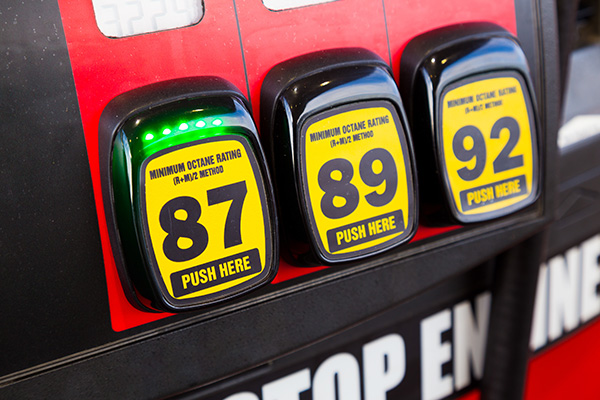
If you’ve spent any time driving in Texas, you’ve probably noticed fuel prices that seem a bit easier on your wallet compared to other states. It’s not your imagination because fuel prices in Texas consistently trend lower than the national average. But why is that the case?
Several factors contribute to the relatively affordable gas prices in Texas, from its position in the energy industry to tax policies and supply logistics. Here’s a closer look at why Texas drivers often enjoy some of the lowest prices at the pump.
Texas Has a Strong Oil and Gas Industry
Texas is the largest oil-producing state in the U.S., generating more crude oil than any other region in the country. The state is home to numerous oil fields, including the massive Permian Basin, and a high concentration of refineries along the Gulf Coast.
With so much oil being produced and processed locally, the state is well-positioned to supply fuel without relying heavily on imports or cross-country transportation. This shorter supply chain reduces distribution costs, which helps lower prices for consumers.
Fuel Taxes Are Lower in Texas
Another big reason for cheaper gas in Texas is the state’s relatively low fuel tax rate. As of now, Texas imposes a state gas tax of 20 cents per gallon. While the federal tax adds 18.4 cents per gallon for gasoline, Texas still comes out ahead of many other states, where total taxes and fees can exceed 50 cents per gallon.
Lower taxes mean gas stations can charge less while still maintaining their profit margins, keeping overall prices lower for drivers.
No Requirement for Boutique Fuel Blends
Some states, especially those with higher populations or tougher environmental regulations, require specially formulated fuel blends during warmer months to reduce air pollution. These “boutique” fuels are more expensive to produce and distribute.
Texas generally does not mandate these seasonal blends in most areas, which keeps fuel production simpler and less costly. This further contributes to keeping retail prices down at the pump.
Plentiful Supply and Infrastructure
Because Texas produces so much oil and has so many refineries, it also has a dense network of fuel distribution infrastructure. This includes pipelines, storage facilities, and transportation routes that keep fuel flowing efficiently from production sites to retail stations.
With a more direct path from source to station, there’s less room for supply interruptions or additional costs that could drive up prices. This efficiency benefits both gas station owners and consumers.
High Competition Among Fuel Retailers
In many parts of Texas, gas stations are located close to one another—sometimes with multiple options at a single intersection. This creates a highly competitive market where retailers must keep prices low to attract customers.
Unlike some rural or remote areas in other states where a single gas station may dominate, Texas drivers can shop around, putting pressure on sellers to offer the best possible price. More competition means more savings for consumers.
Why Prices Still Fluctuate
Even in a state with favorable fuel economics, prices can still vary. Global oil markets, weather events affecting refinery operations, or temporary disruptions in supply chains can lead to short-term spikes.
Seasonal travel patterns can also impact demand, particularly during holidays or the summer driving season. But overall, Texas tends to return to lower averages more quickly than many other parts of the country.
Kwik Kar Auto Repair – Serving Drivers in Richardson, TX
At Kwik Kar Auto Repair in Richardson, we help Texas drivers keep their vehicles running efficiently, no matter where gas prices go. Whether you need an oil change, fuel system cleaning, or a full inspection before your next road trip, our team is here to help your car stay road-ready and fuel-efficient. Schedule your visit today, and let us keep your engine and your budget in good shape.